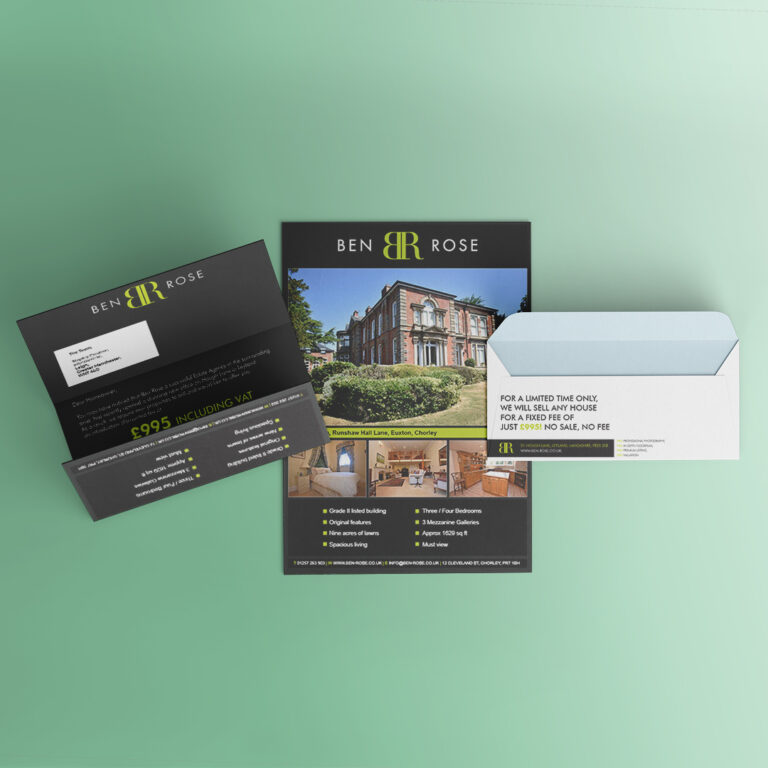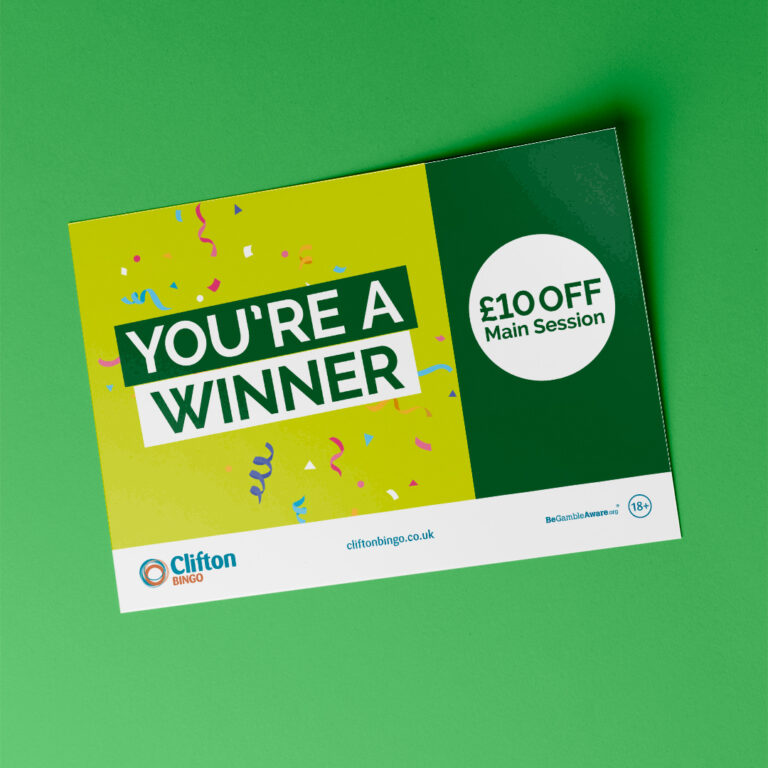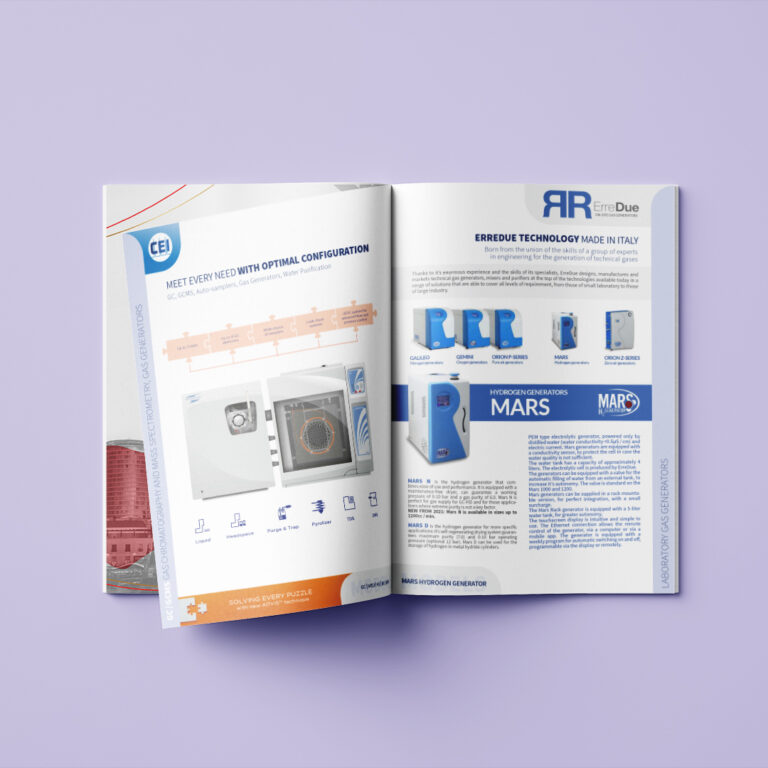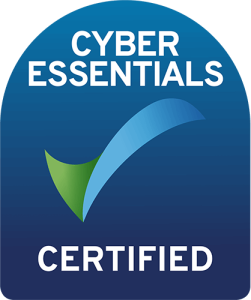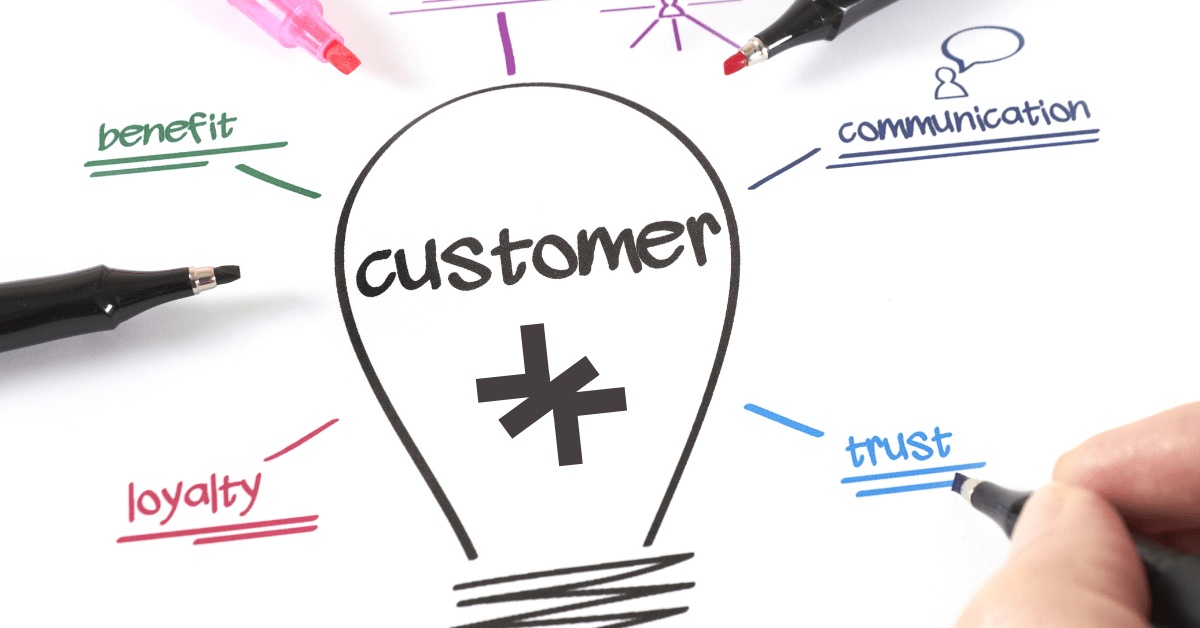
TIPS FOR SUCCESSFUL DIRECT MAIL CAMPAIGNS
Capturing customer data is an essential part of any successful marketing strategy. With customer data, businesses can gain insights into customer behaviours, preferences, and needs, allowing them to tailor their marketing efforts accordingly. This data can be collected through various channels, such as online surveys, social media analytics, or customer relationship management (CRM) software.
One of the most effective ways to capture customer data is through loyalty programs. By offering customers rewards or discounts for providing their personal information, businesses can build a database of customer data that can be used to retarget them with promotions and offers. Additionally, businesses can also collect customer data by offering free content or downloads in exchange for contact information.
Once customer data has been collected, businesses can then retarget their customers using traditional direct mail. Direct mail involves sending promotions and offers to customers through the post, targeting them with tailored messages and incentives that are more likely to result in a purchase.
Direct mail can be highly effective because it allows businesses to stand out from the clutter of digital marketing channels. With so much competition online, customers can easily become overwhelmed and ignore marketing messages. Direct mail, on the other hand, can be a more personalized and tangible way to reach customers, making them more likely to engage with the content.
To ensure successful direct mail campaigns, businesses must use customer data to personalize their messages and offers. This can be done by segmenting the customer database based on demographics, purchase history, and other factors. Businesses can then create targeted messaging and promotions that speak directly to the needs and interests of each segment.
Additionally, businesses must make their direct mail campaigns visually appealing and engaging. This can be achieved through the use of high-quality images, compelling headlines, and clear calls to action. Including promotional codes or special offers can also increase the likelihood of customer engagement and sales.
Regardless of the type of direct mail used, personalization is key to making it effective. Segmenting the customer database and tailoring the message and offer to each recipient’s interests and preferences can increase response rates and sales. Additionally, using high-quality images and a clear call to action can make the direct mail more compelling and increase the likelihood of engagement.
Overall, businesses that incorporate direct mail into their marketing strategy can see a boost in customer engagement and sales by retargeting customers with relevant messages and offers that resonate with their needs and interests.


